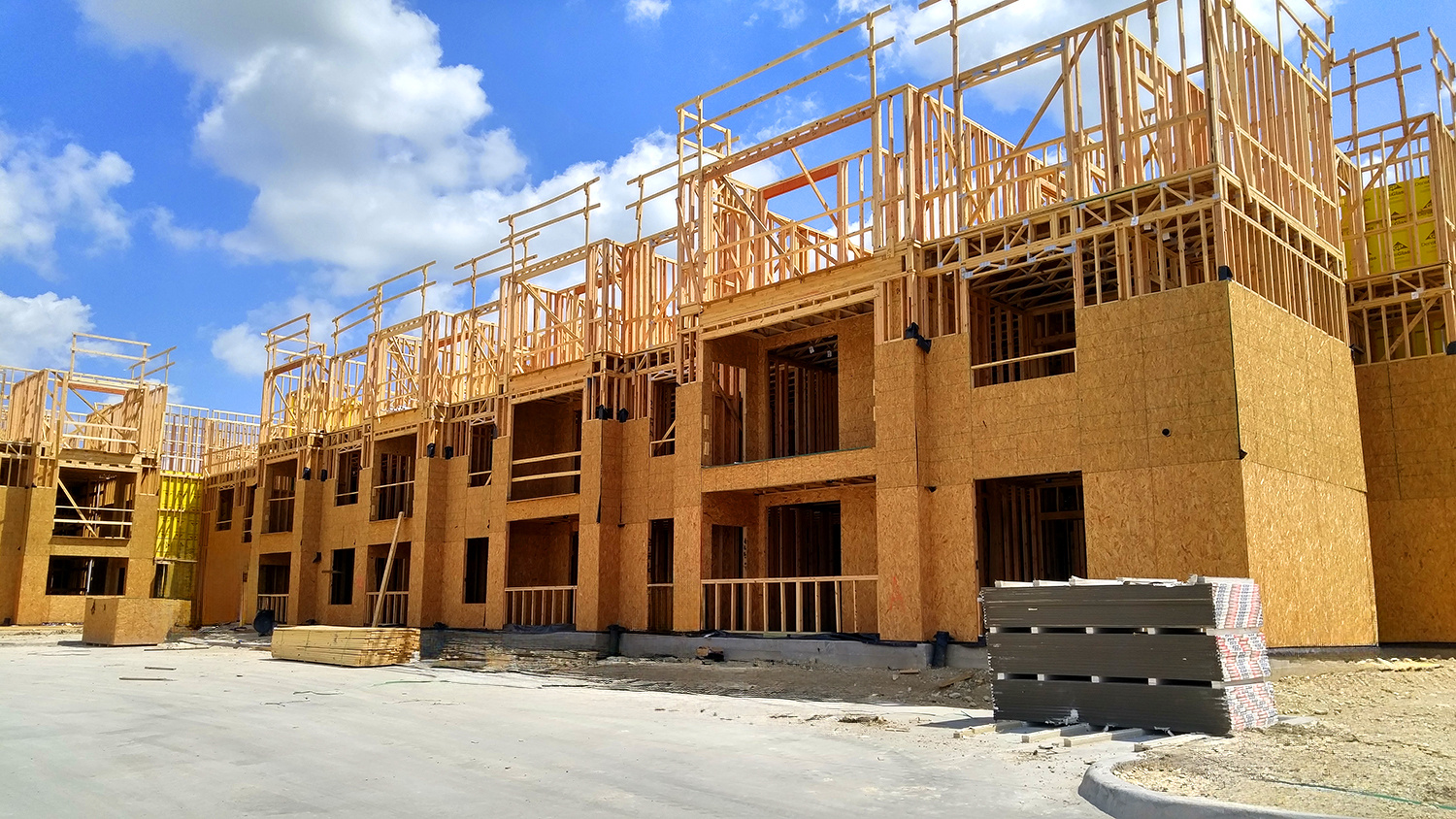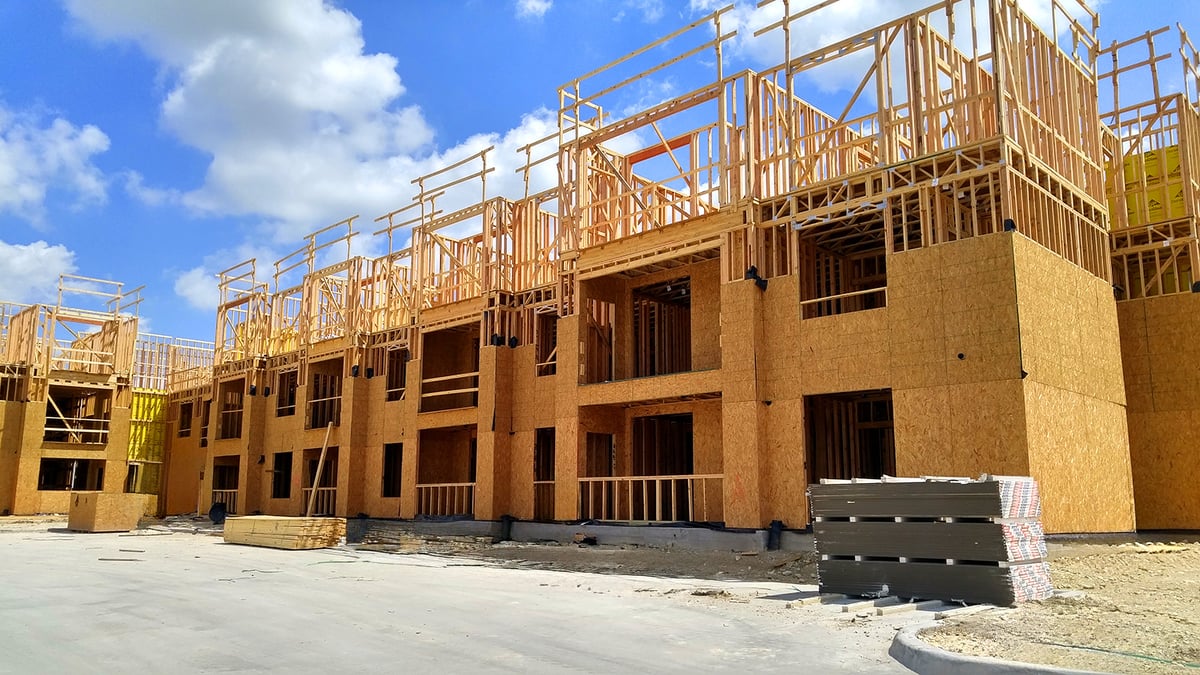5 MIN READ
A Counter Argument to Decreases in Labor Costs
- Commercial Real Estate Insights
- Self Storage Industry
4 MIN READ
April 19, 2025

The real estate development boom of 2021–2023 feels like a distant memory compared to the current challenges of ground-up development today. Back then, nearly every project a developer considered seemed viable. Multifamily rents were climbing by 10% annually, demand surged due to pandemic-driven relocations, cap rates hit historic lows, and developers could secure debt at around 3%. With those favorable conditions, the only deals that didn’t work were the truly dumb ones.
Fast-forward to the past 18 months, and the landscape has shifted completely. Today, only the most exceptional deals are moving forward—those that can withstand elevated interest rates, sluggish rental growth, and adjusted valuations. Real estate has a contrarian nature: when the market pulls back and others hesitate, opportunities arise. This WSJ article highlights how tariffs are set to increase construction costs, giving developments completed before the tariffs a cost advantage. The argument is that even poorly conceived projects might fare well in this environment. While I don’t entirely disagree, the uncertainty surrounding tariff negotiations makes it difficult to quantify their impact. Whether construction costs rise by +0.5% or +15%, it’s unlikely that higher new construction costs will make a bad project good. Only time can solve that challenge. There are many other factors at play, interest rates remain high, loan-to-value ratios are conservative, and rental growth has yet to rebound.

Multifamily Construction Project - Adobe Stock Imagery
This is precisely where the contrarian mindset comes into play. Looking ahead 12 months, the key hurdles currently hindering development—high rates, stagnant rents, or valuation challenges—could potentially be reversed. When that happens, the market will catch on, and developers will rush back in, restarting the supply-and-demand cycle. This downward construction trend today isn’t confined to multifamily—it extends across other real estate sectors as well. We see it firsthand in self-storage, where new development has significantly slowed. Projects that were once penciled in for 2022-2023 are no longer viable and have been shelved, sold, or repositioned.
One critical point the article overlooks is the impact of reduced construction demand, translating to more aggressive contractors and lower construction prices, which has occurred over the past 18 months. For the past year—and likely through the end of this one—contractors have faced dwindling pipelines, with little clarity on where their next job will come from. In this environment, competition among contractors intensifies, driving down costs, starting with profit margins and overhead. We’ve witnessed this shift directly. A project we recently priced came in 7% cheaper than an identical one quoted just 18 months ago. Depending on the market, we are seeing a decrease of up to 10% in construction costs compared to 2022-2023 pricing. The lower costs will make more deals viable, despite the high interest rates and a 50-basis-point increase in cap rates.
It feels like the perfect moment to play the contrarian card.
LOAD MORE
5 MIN READ
3 MIN READ
LOAD MORE